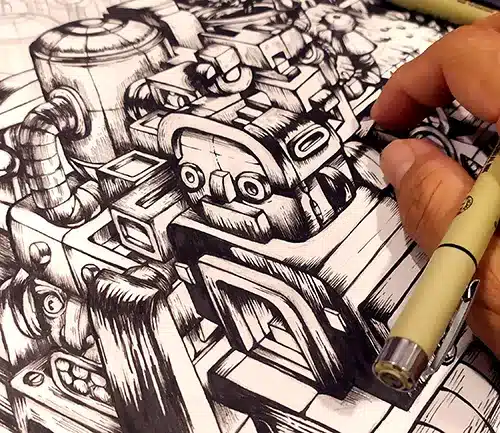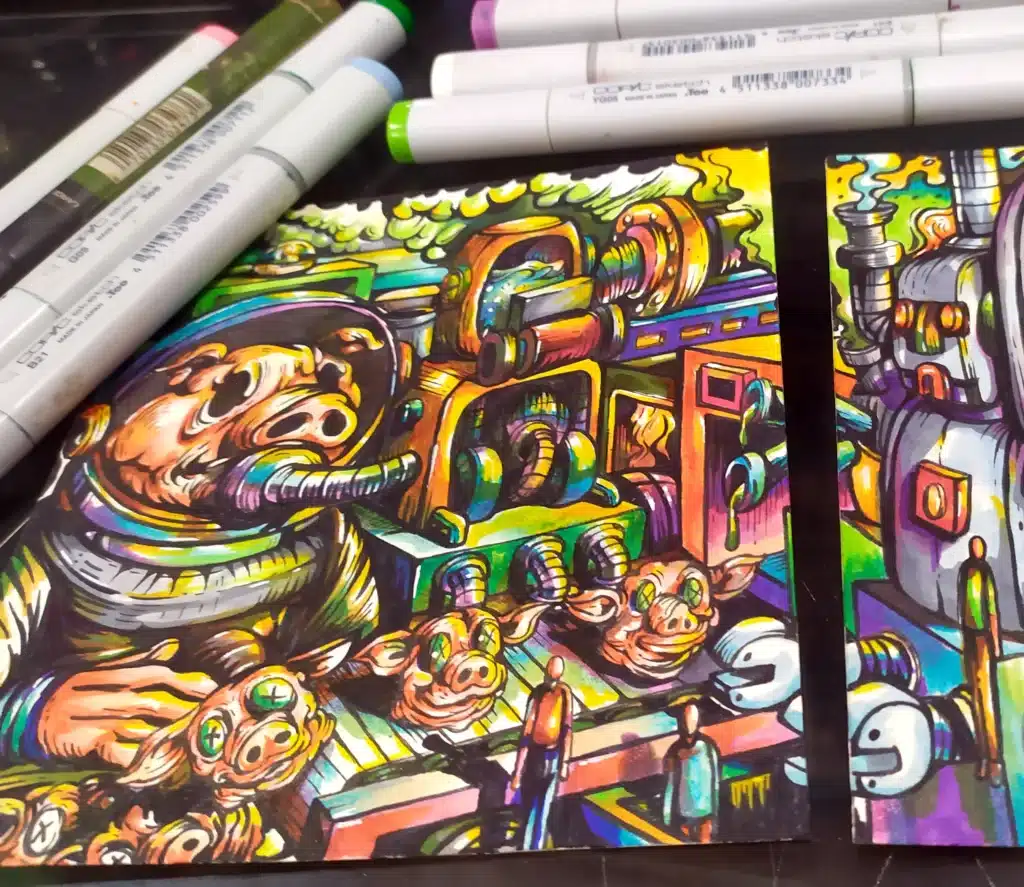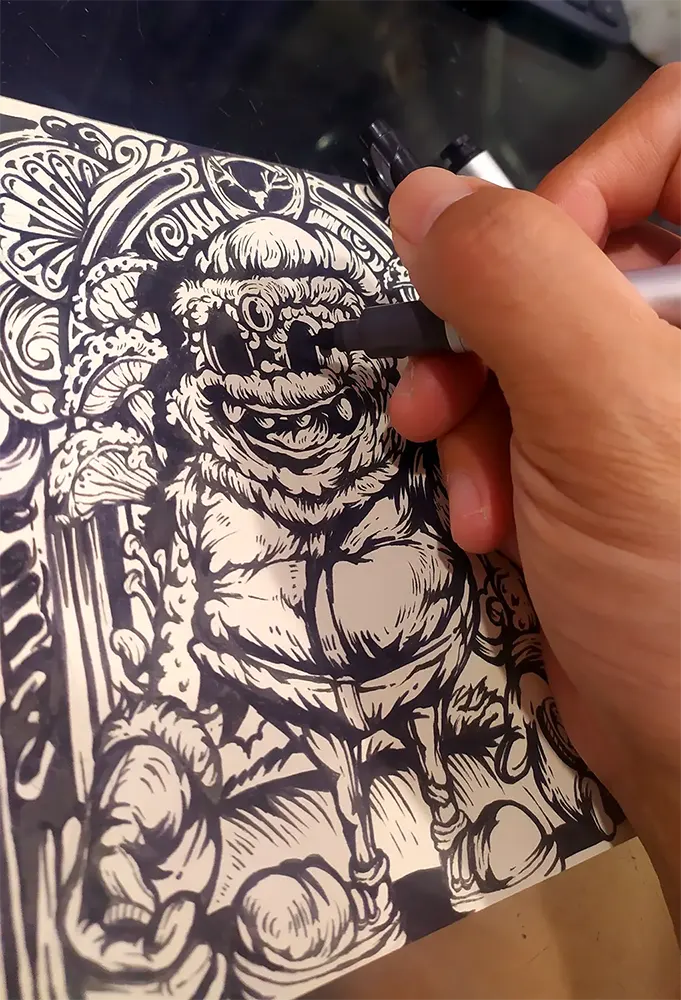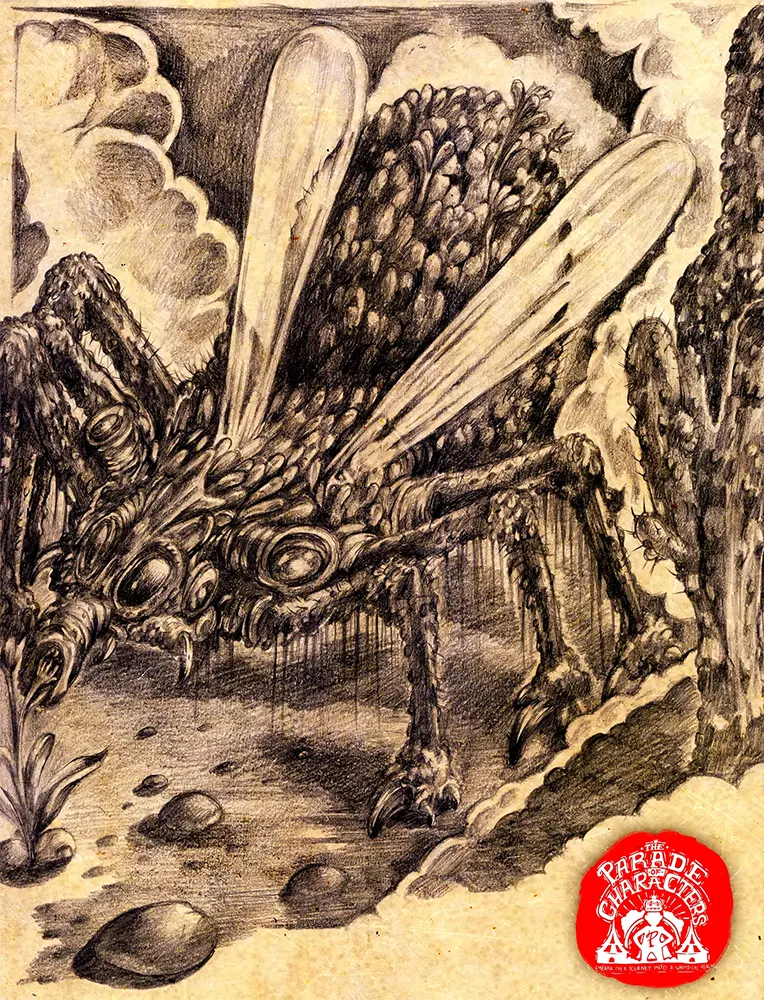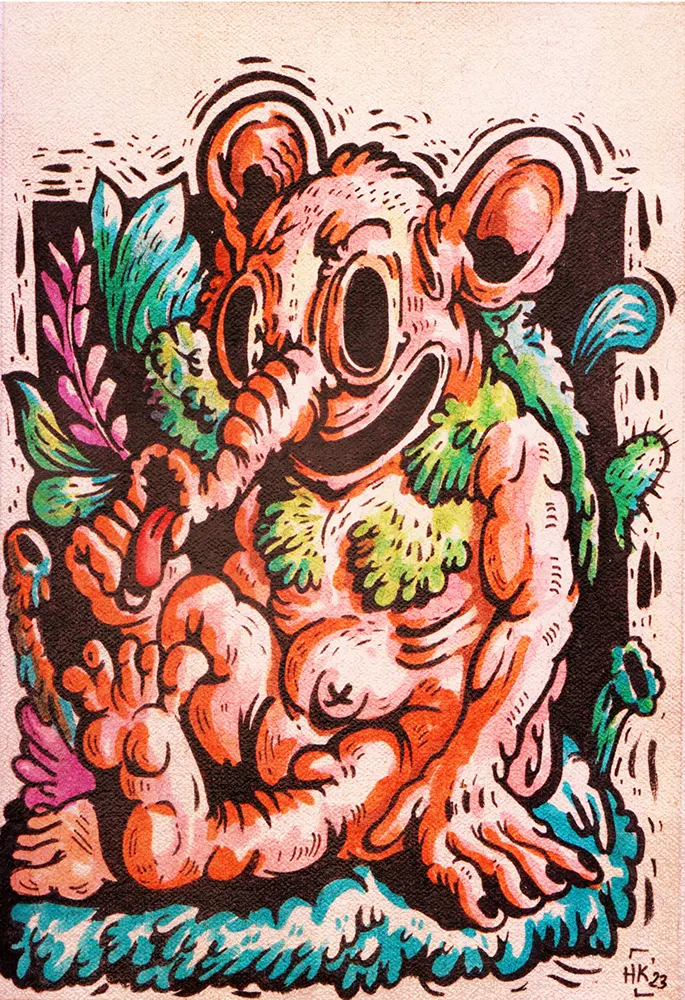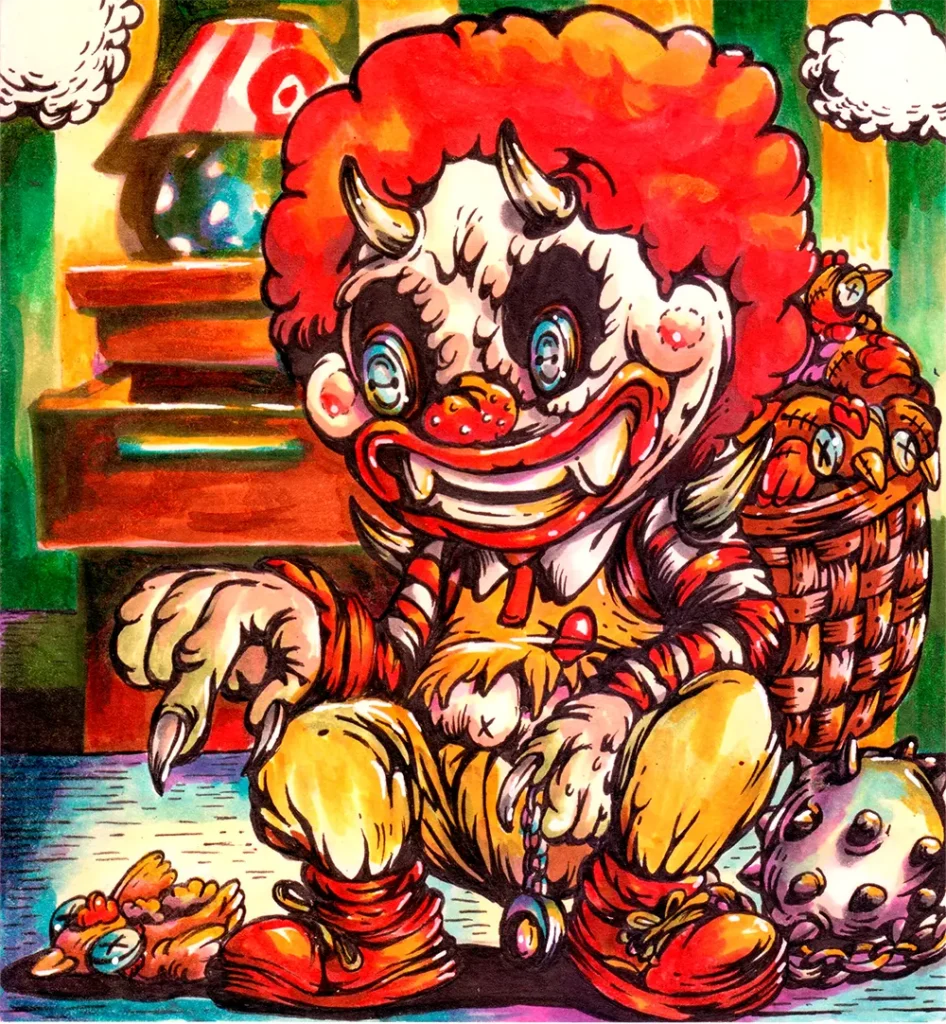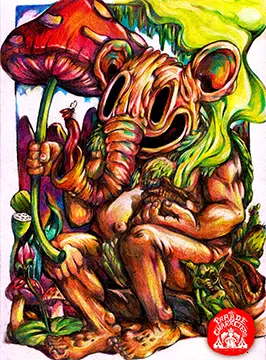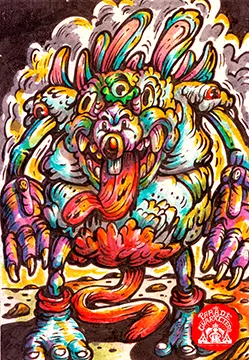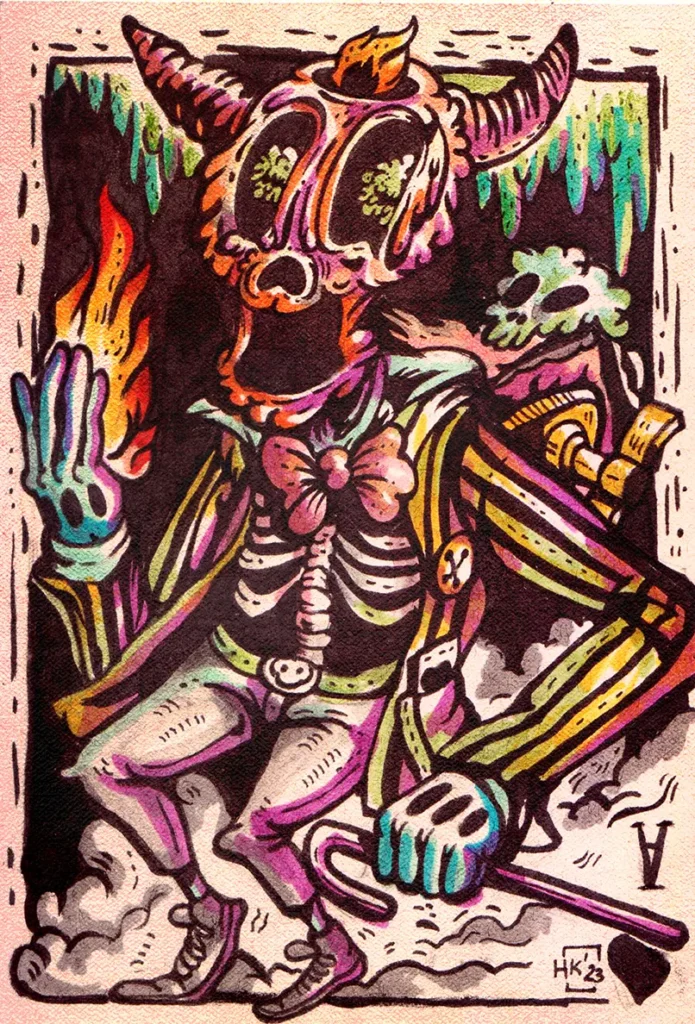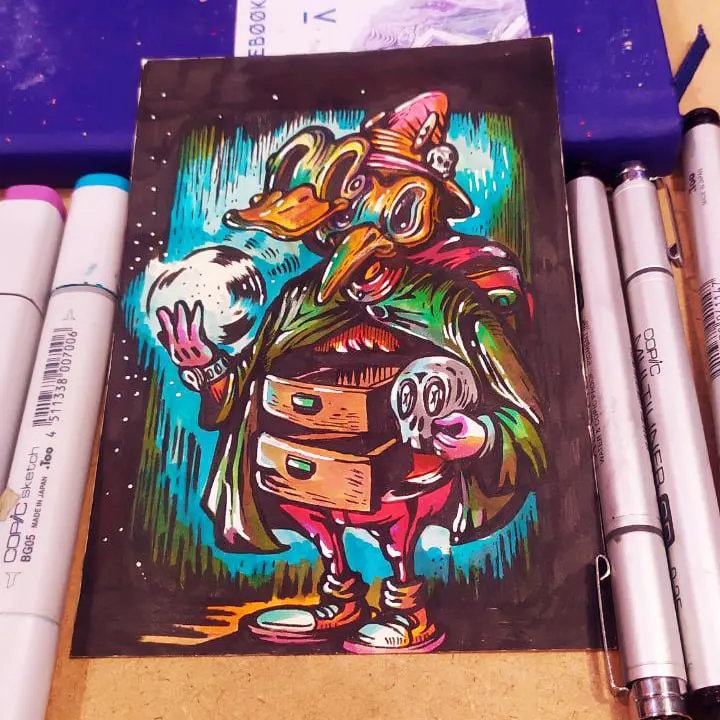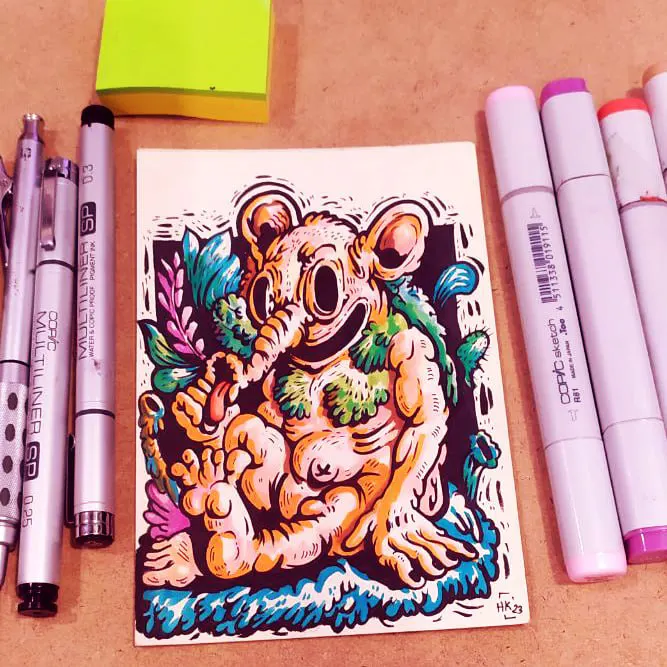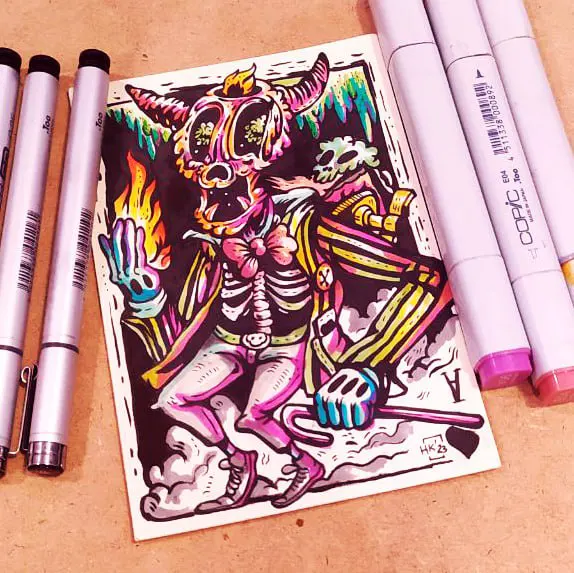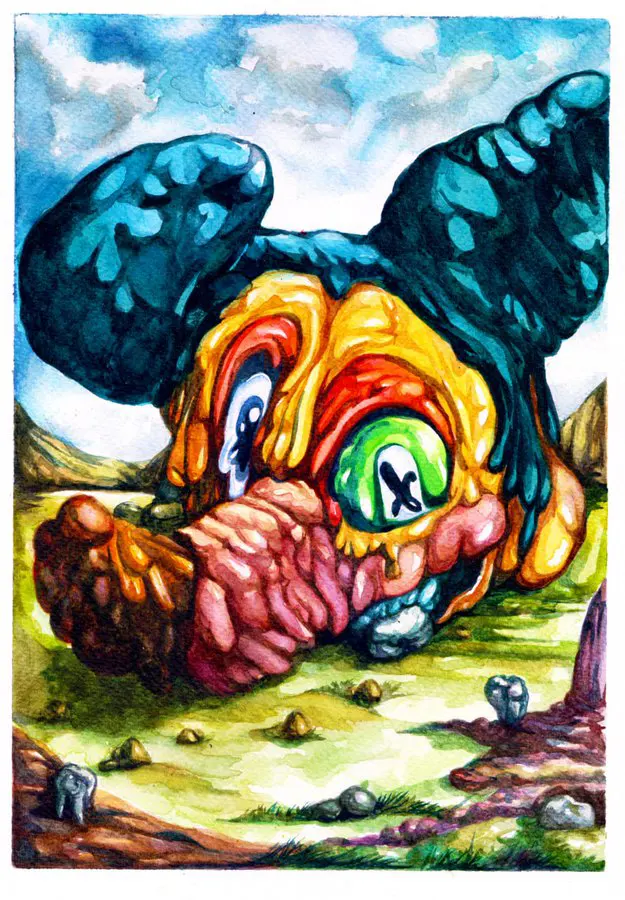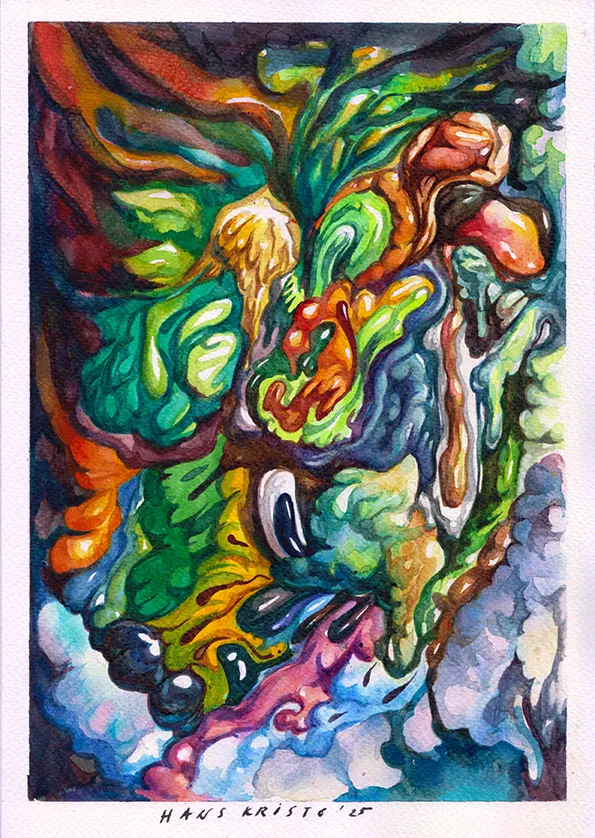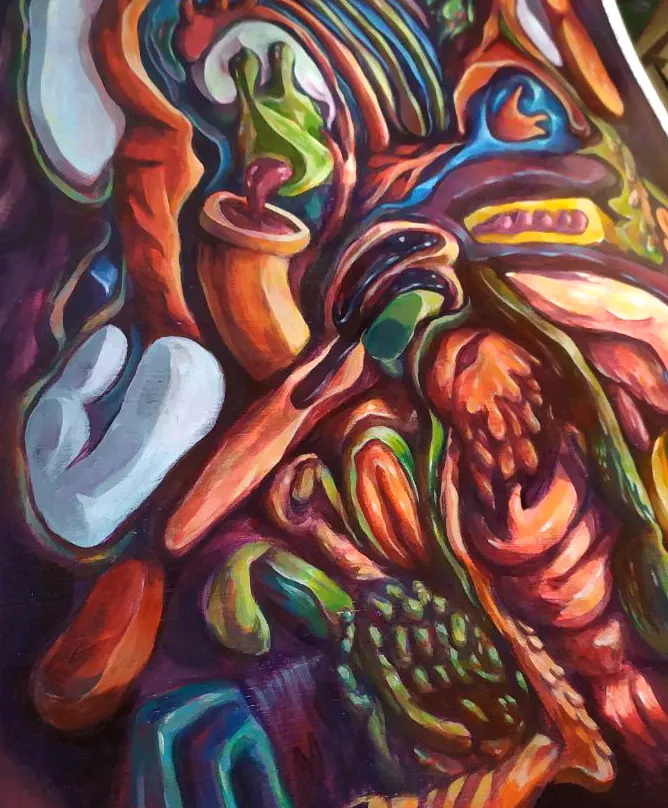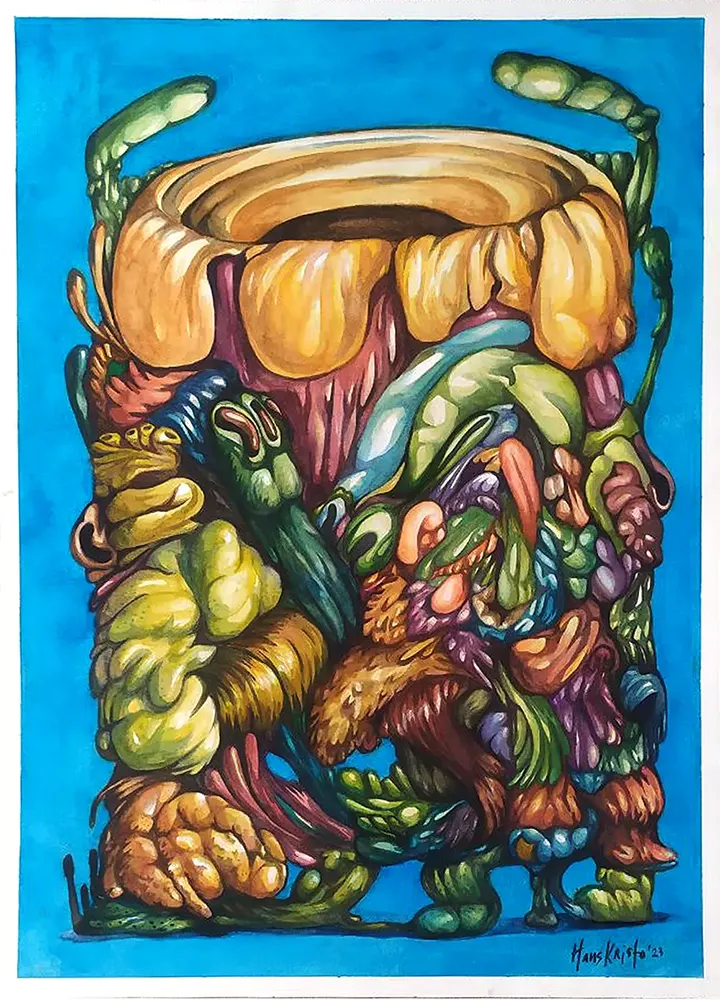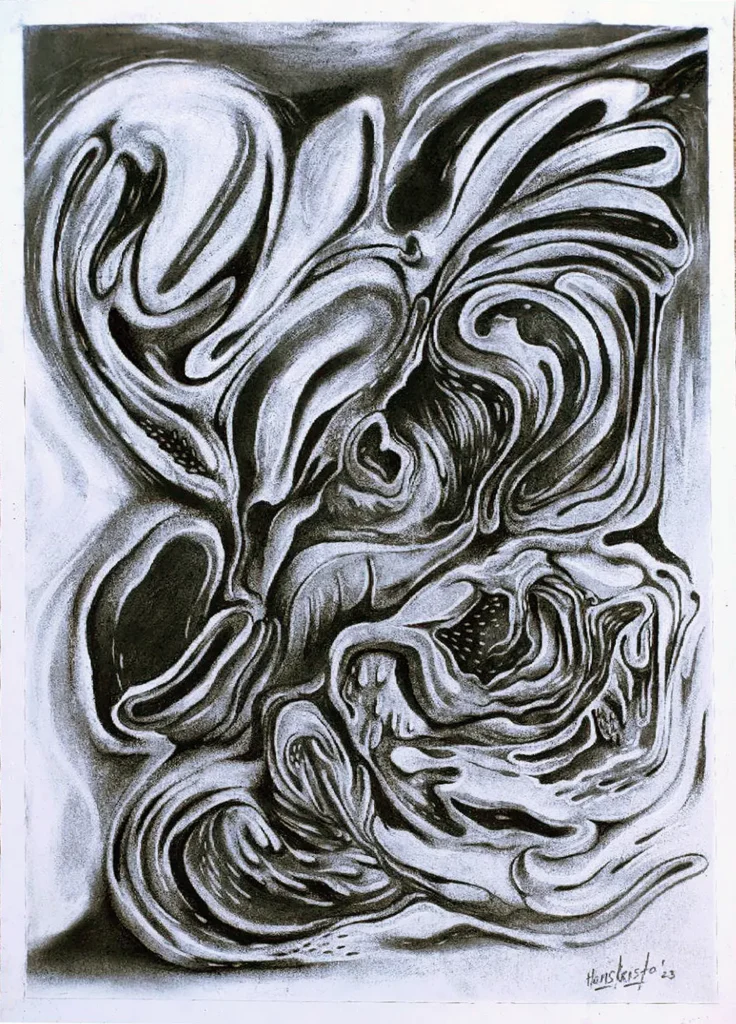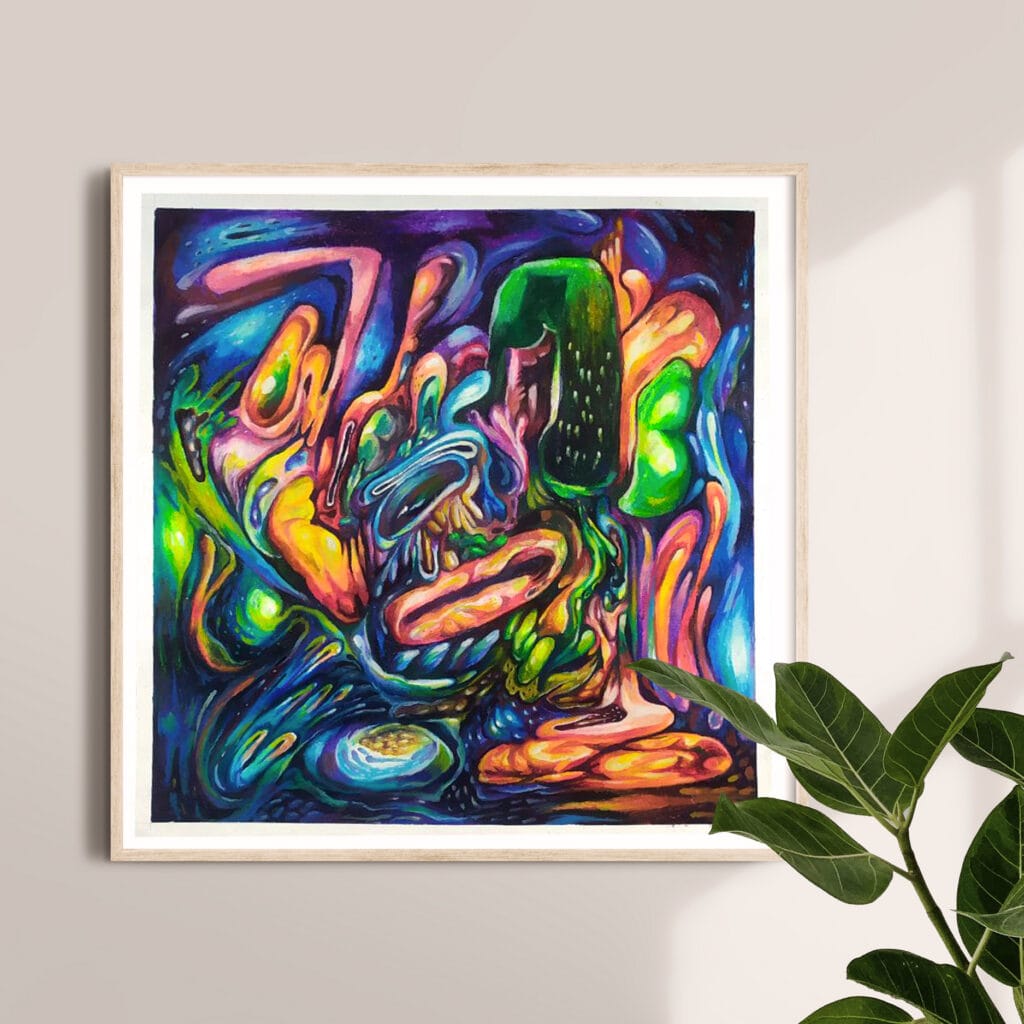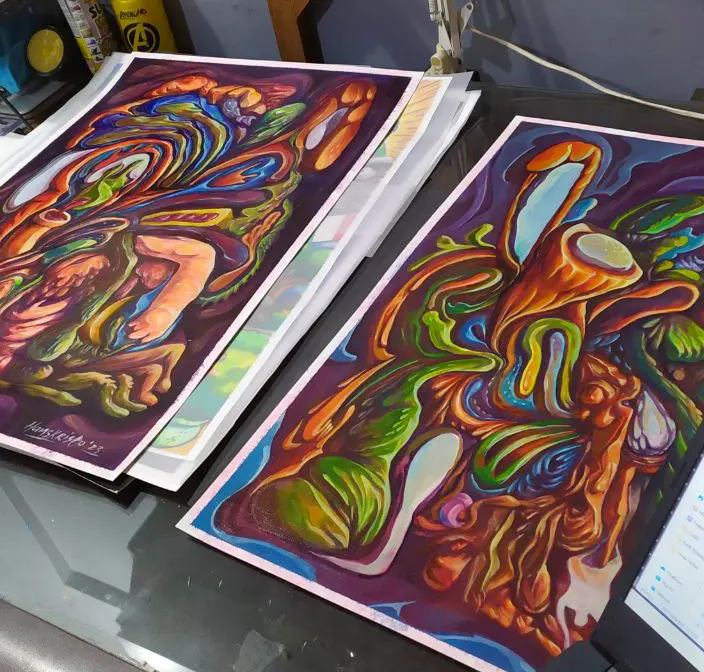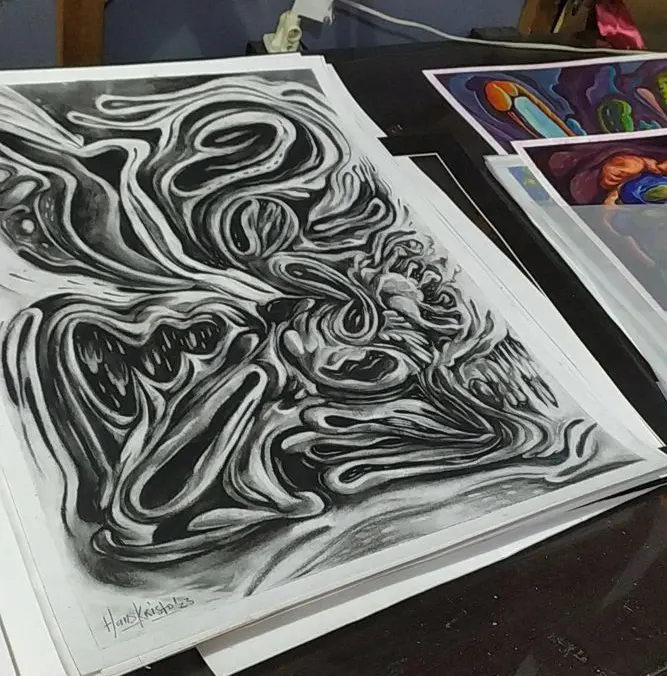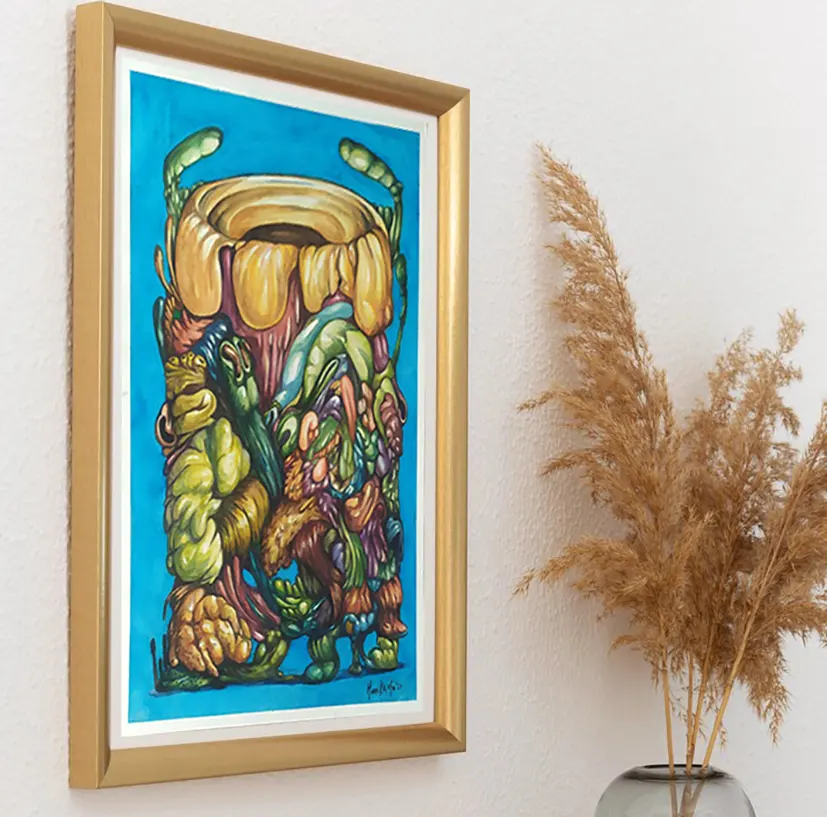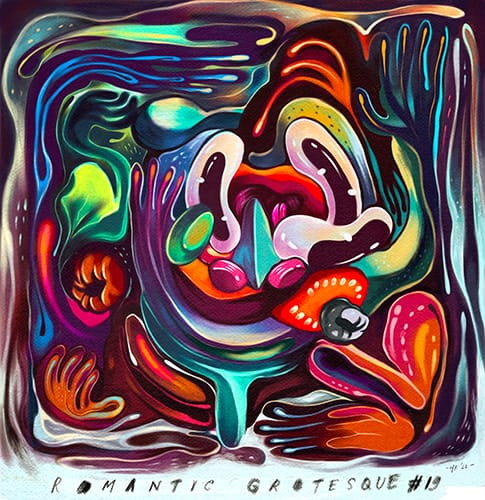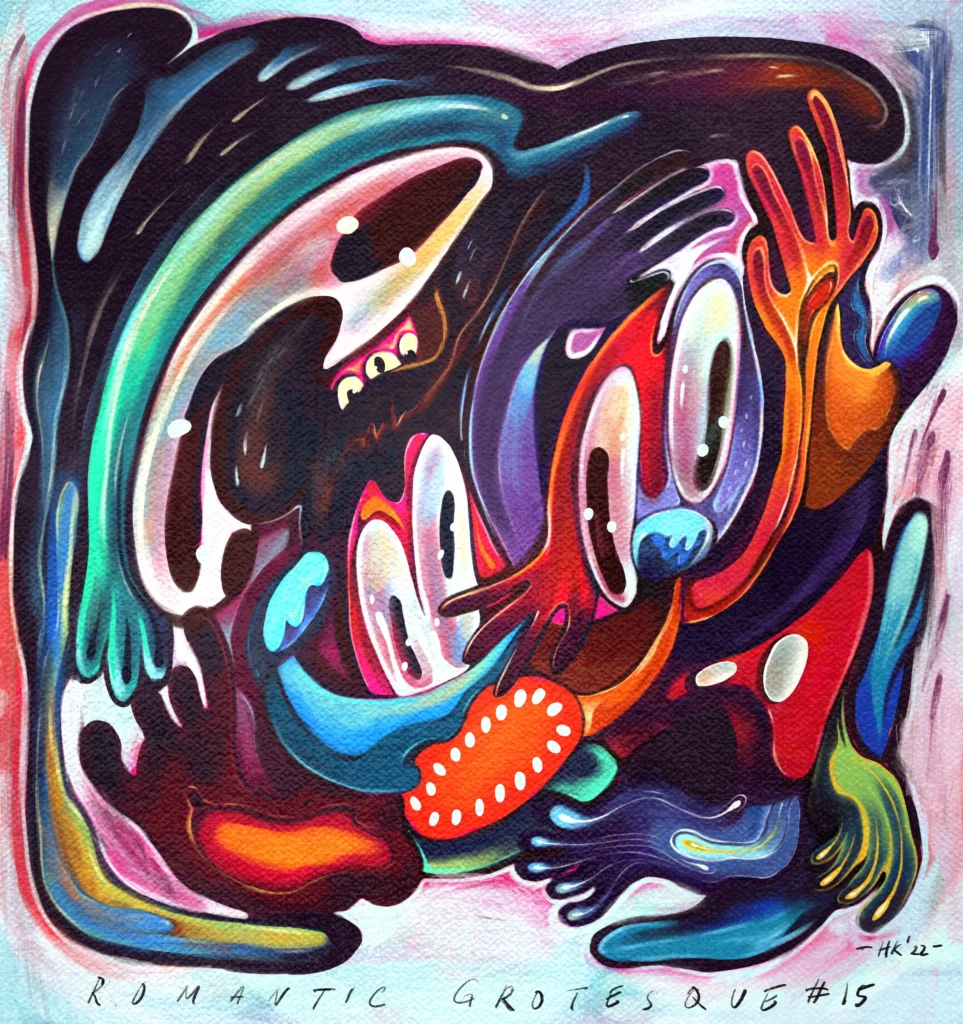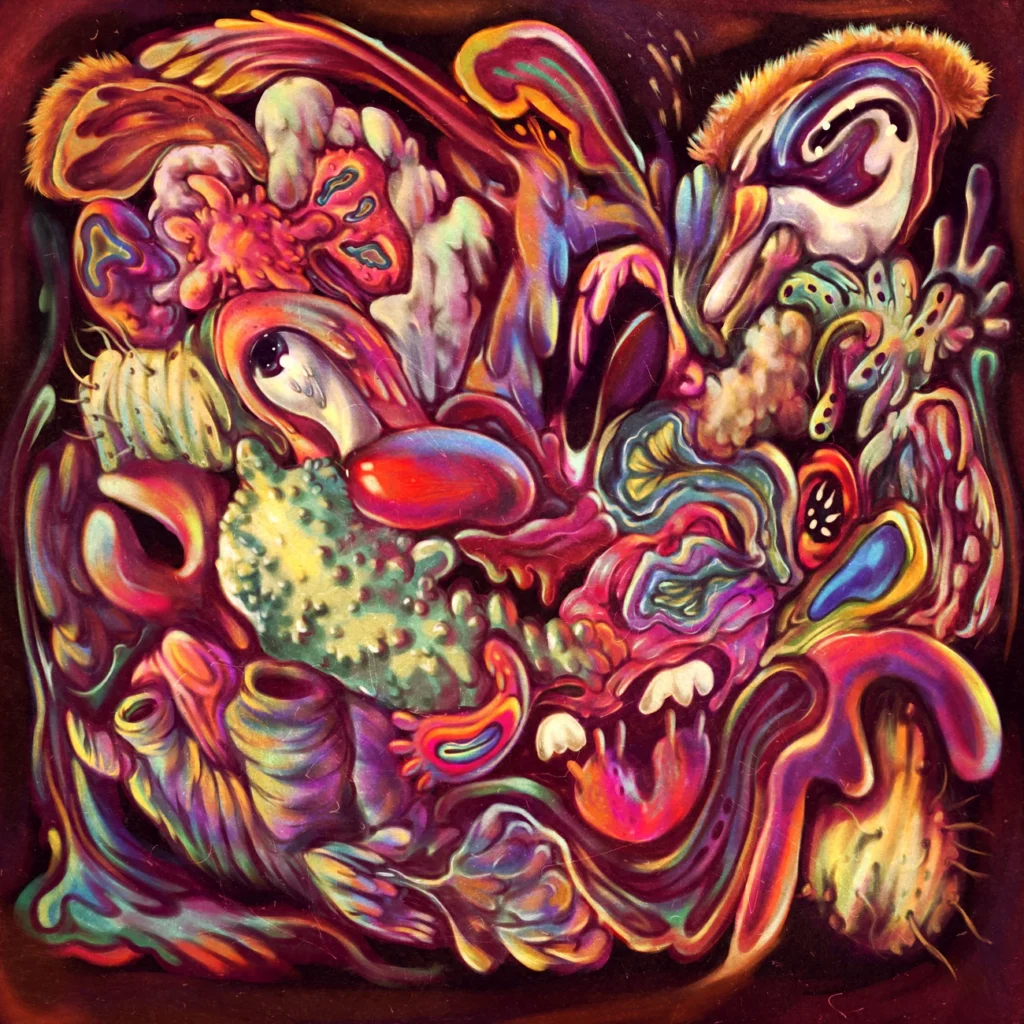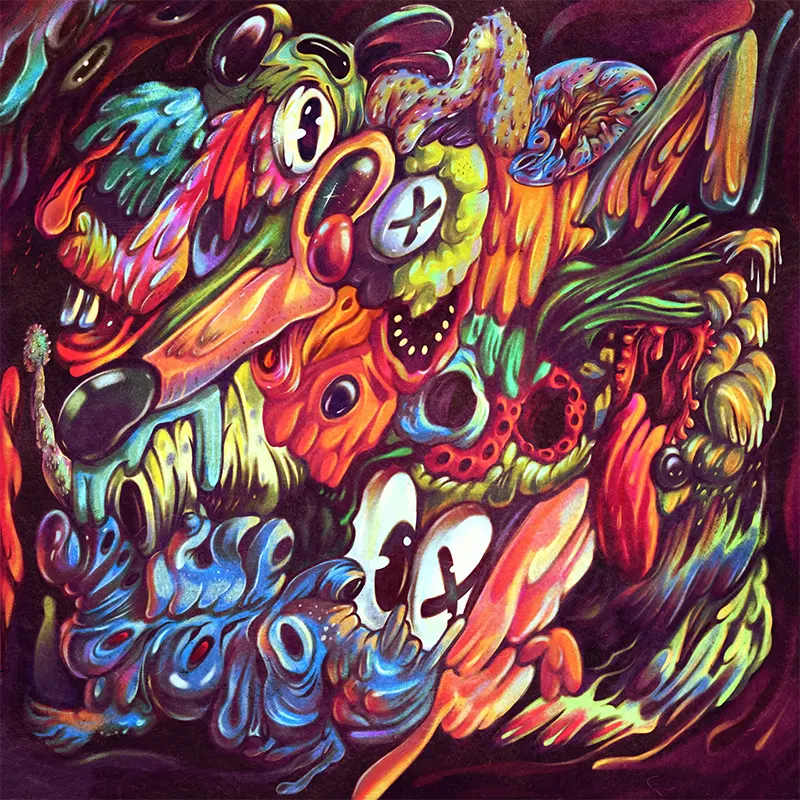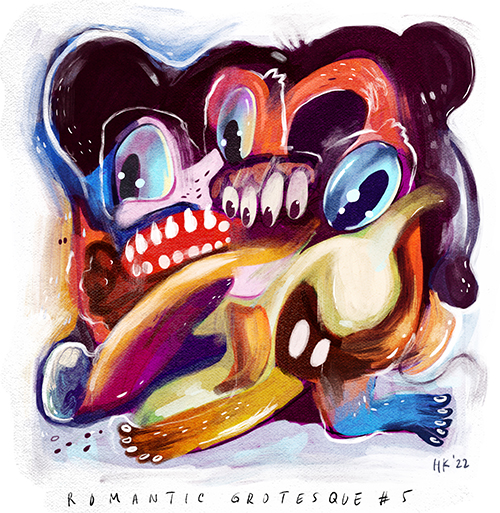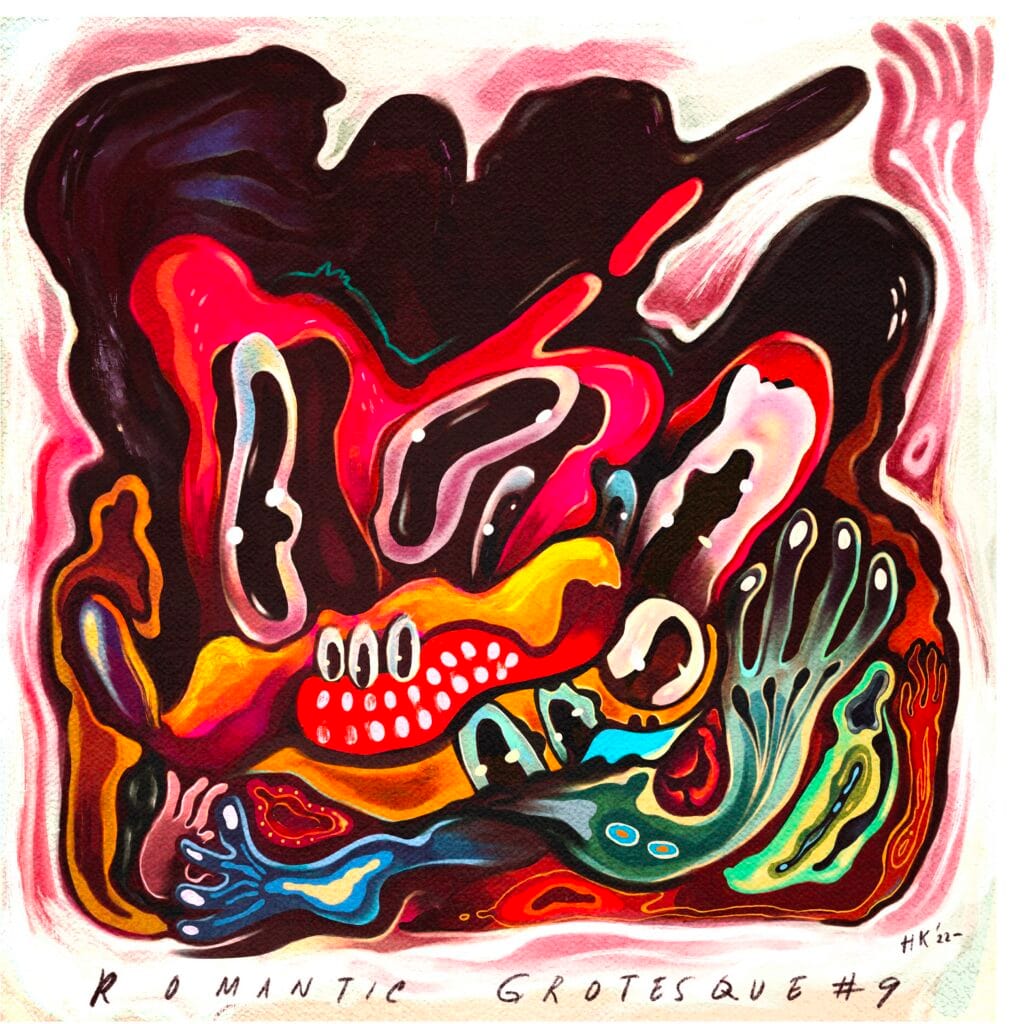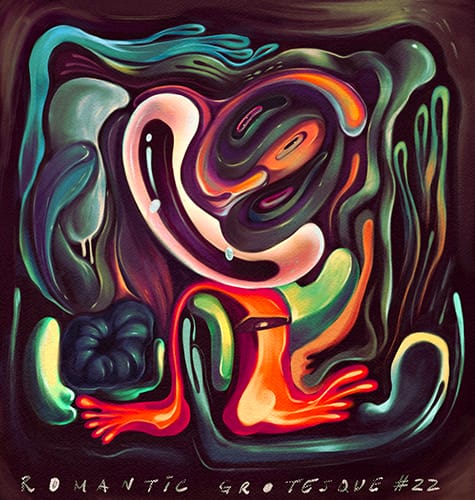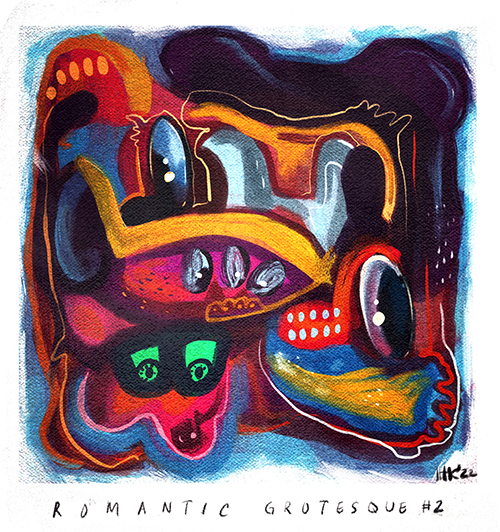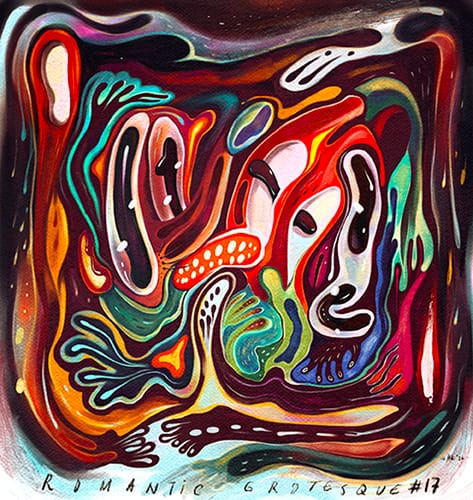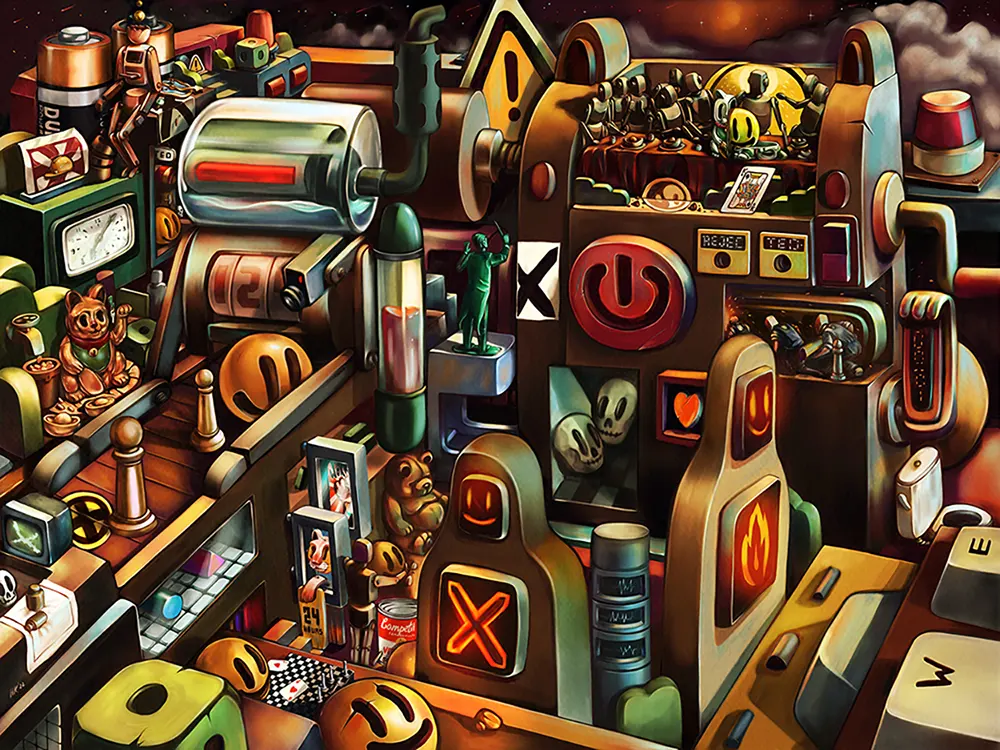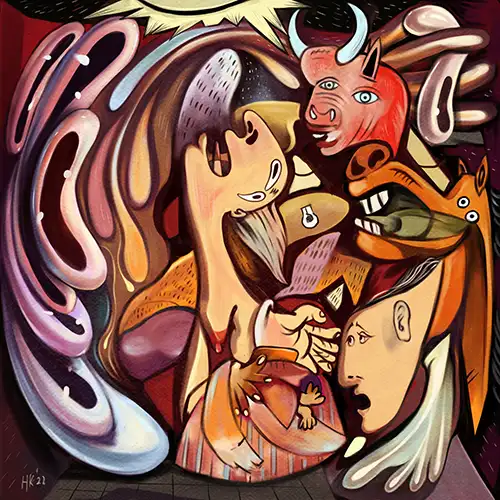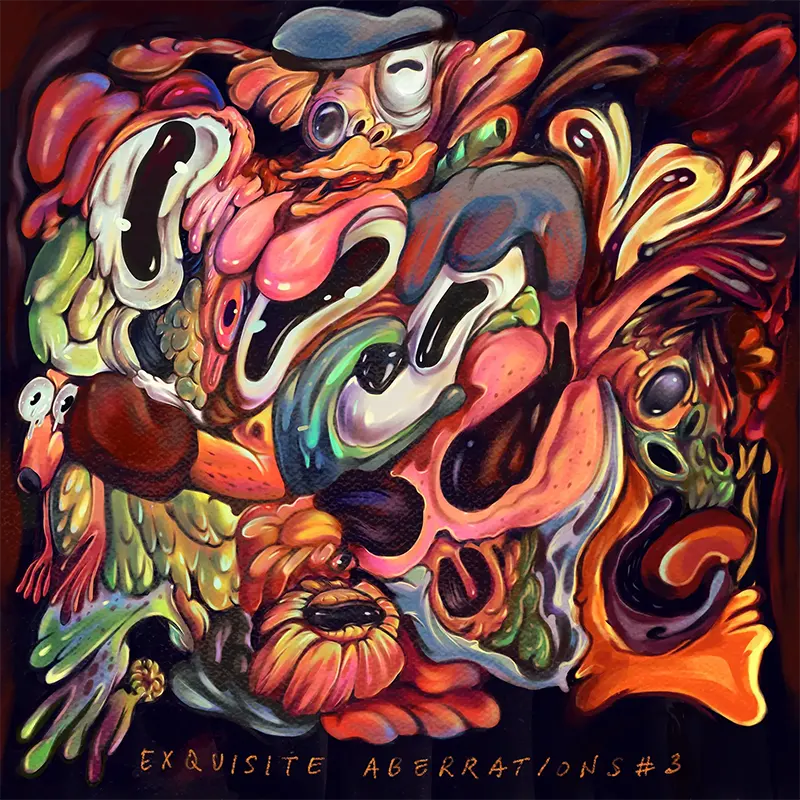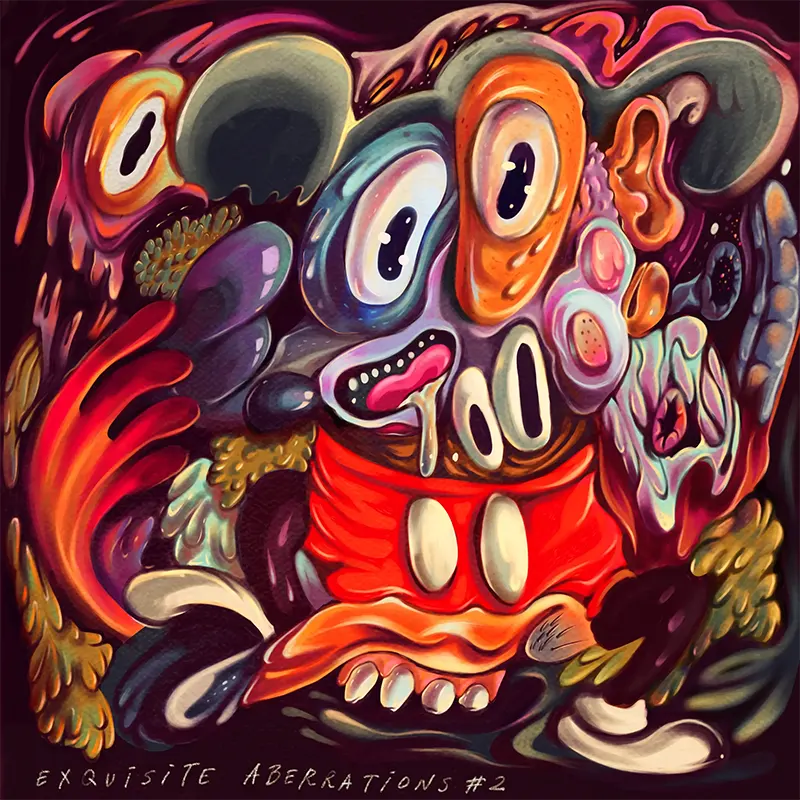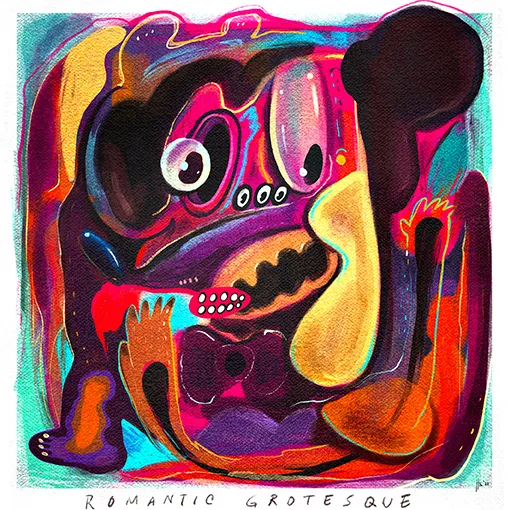Immersing in the Medium: A Pop Surrealism & NFT Artist’s Journey in Indonesian Contemporary Art
How the medium is not merely a tool, but the very soul that shapes expression, social critique, and artistic exploration in the digital age?
As a Pop Surrealism artist and an NFT artist from Indonesia, I often reflect on how mediums shape not only visual outcomes but also the deeper narratives and critiques within contemporary art. My practice is deeply connected to the broader landscape of Indonesian contemporary art, where tradition and experimentation continuously intertwine.
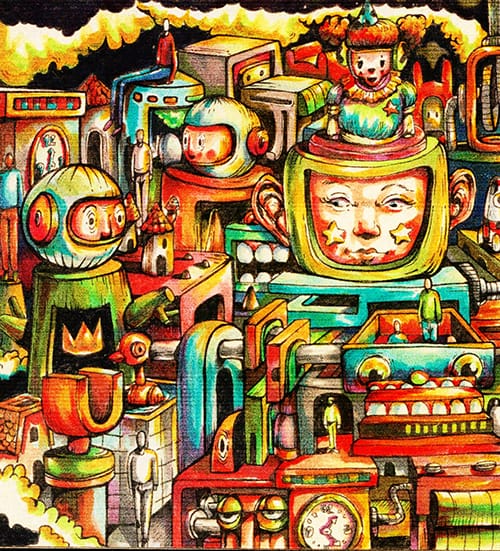
The Medium as the First Encounter
Perhaps one of the most crucial questions in visual art is how an artist understands their medium. I often describe this as being “close to” and “attached to” the material one chooses to work with. There are artists who may not emphasize concepts or storytelling in their practice, yet they possess an extraordinary depth of knowledge about the medium they use—even down to details that might seem trivial to others.
Whatever the case, the medium always becomes the first sensory encounter in visual art. Mastery of it—through craftsmanship and persistence—offers its own strength. Even in works that are deeply expressionistic, the choice of medium has the power to heighten expression and intensify its impact.
STEP INTO THE SURREAL MACHINE
Banksy and the Paradox of the Medium
The medium can also serve as a powerful representation of an artist’s concept. Take, for example, Banksy—a street artist who employs stencils to voice social critique on the walls of cities around the world. His choice was not merely a matter of practicality—speed and efficiency in public spaces—but also because stencils were rarely used in commercial art at the time. In this way, the medium itself became inseparable from the spirit of street art: rejecting conventions and resisting the elitism of the art world.
One of Banksy’s most phenomenal works is Girl with Balloon. The painting was once auctioned, and just as the hammer fell and the piece found its collector, the frame suddenly began to tremble. The canvas slid down and was shredded by a hidden mechanism inside the frame. This shocking event transformed the work into something entirely new, rechristened as Love is in the Bin.
Ironically, the piece that was intended as a critique of the art market—destroying itself at the very moment of sale—ended up skyrocketing in value. A striking paradox, and a reminder of how the medium and the event of art itself (happening art) can fuse together to generate deeper layers of meaning.
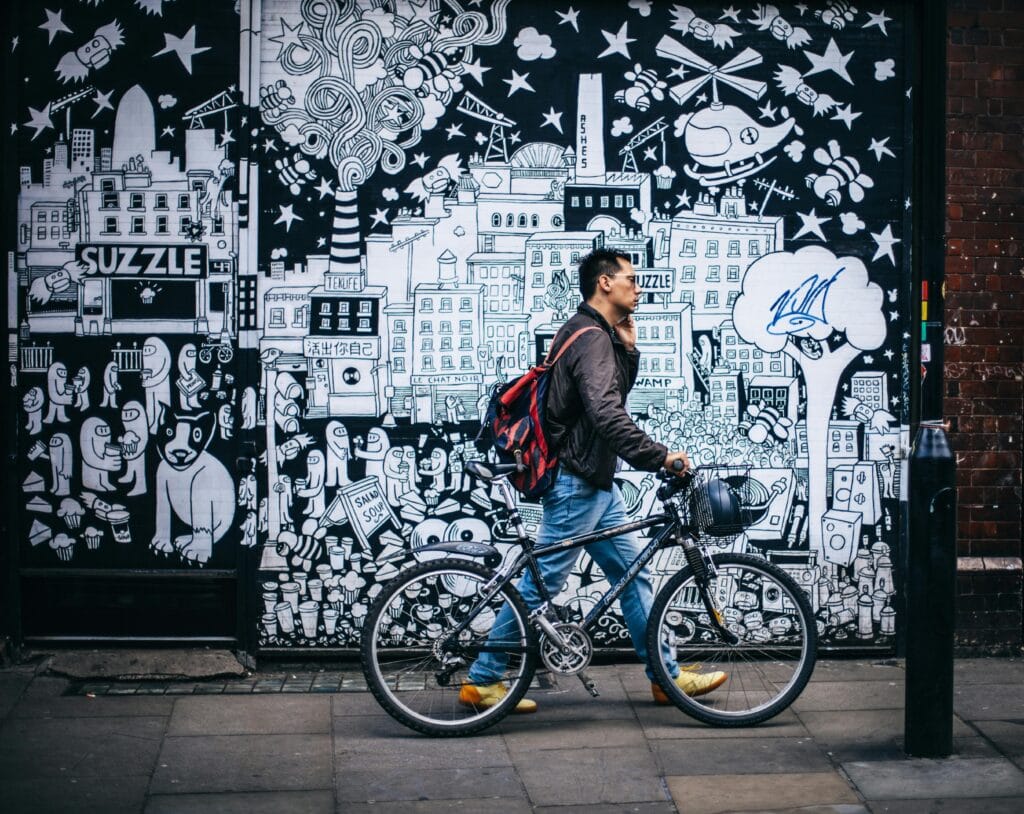
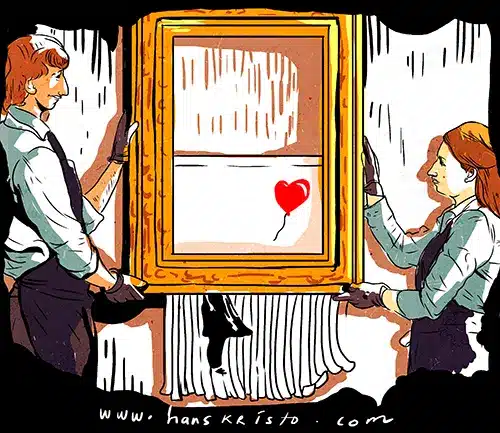
The Medium in the Contemporary Era: From Digital to AI
With the rise of contemporary art, the medium is no longer confined to canvas, paper, watercolor, acrylic, or oil paint. The subjectivity and democratization of art have opened new spaces, allowing issues once considered taboo to appear within museums and galleries. Diversity is now evident not only in concepts, messages, or visual styles, but also in the very choice of medium.
Some artists have successfully bridged digital art with high art, two realms once thought to be worlds apart. Digital art—once regarded merely as applied or commercial—has found its place in exclusive exhibition spaces. One notable example is Refik Anadol’s Unsupervised, which employs artificial intelligence (AI) to generate abstract works automatically. The piece evolves dynamically, responding to environmental data such as weather, lighting, and even the movement of visitors.
Generative art has also grown rapidly, with artists using programming languages such as p5.js to create visuals that can be altered, modified, and reshaped into ever-changing forms. Even scientists are now experimenting artistically: harnessing microscopic media, engineering microbial effects, and transforming them into striking visual artworks at the micro scale.
At the same time, new mediums have expanded beyond traditional or digital formats. Tattooing, for example, transforms the human body into a living canvas—where art is permanently inscribed onto skin. More than decoration, tattoo as a medium carries layers of personal narrative, vulnerability, and resilience, turning identity and memory into visual expression. By inscribing stories directly onto flesh, tattoo art challenges the boundaries between fine art, ritual, and everyday life, positioning the body itself as part of contemporary artistic practice.
Personal Experimentation: Mixed Media and Glitch
In recent years, I have been deeply exploring new mediums—especially by combining those I had previously worked with and pushing them toward new possibilities. I have come to realize that attempting something unfamiliar does not necessarily lead to failure; on the contrary, it often brings forth visual surprises that are vital for an artist. From this process, sparks emerge once more—a renewed ignition that fuels the creative journey.
I began venturing into storytelling, a realm I had rarely explored before, blending it with illustrative techniques. At the same time, I carried this exploration into the digital sphere through a mixed media approach, refining it with glitch aesthetics. I chose glitch because, at its core, I am drawn to visual vulnerability—a fragile space that must be allowed to remain. From this, a certain rawness is born: a raw beauty, a visual honesty that resists being overly polished.
" I chose glitch because, at its core, I am drawn to visual vulnerability—a fragile space that must be allowed to remain."
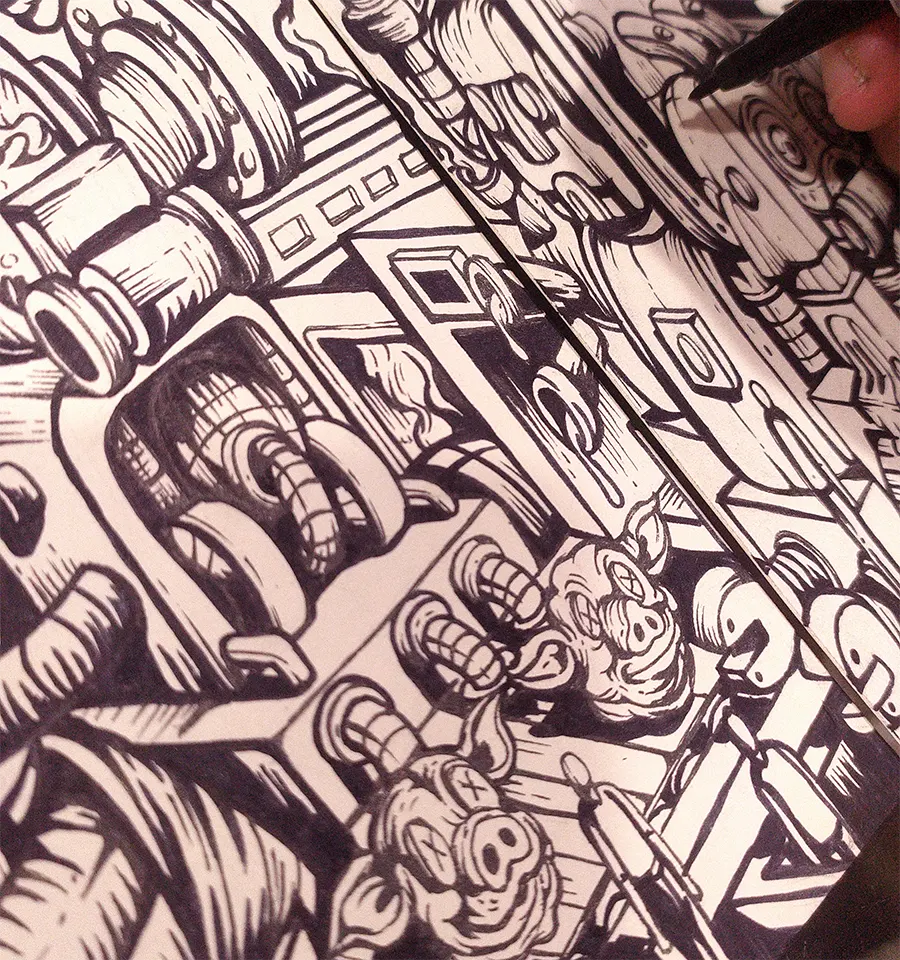
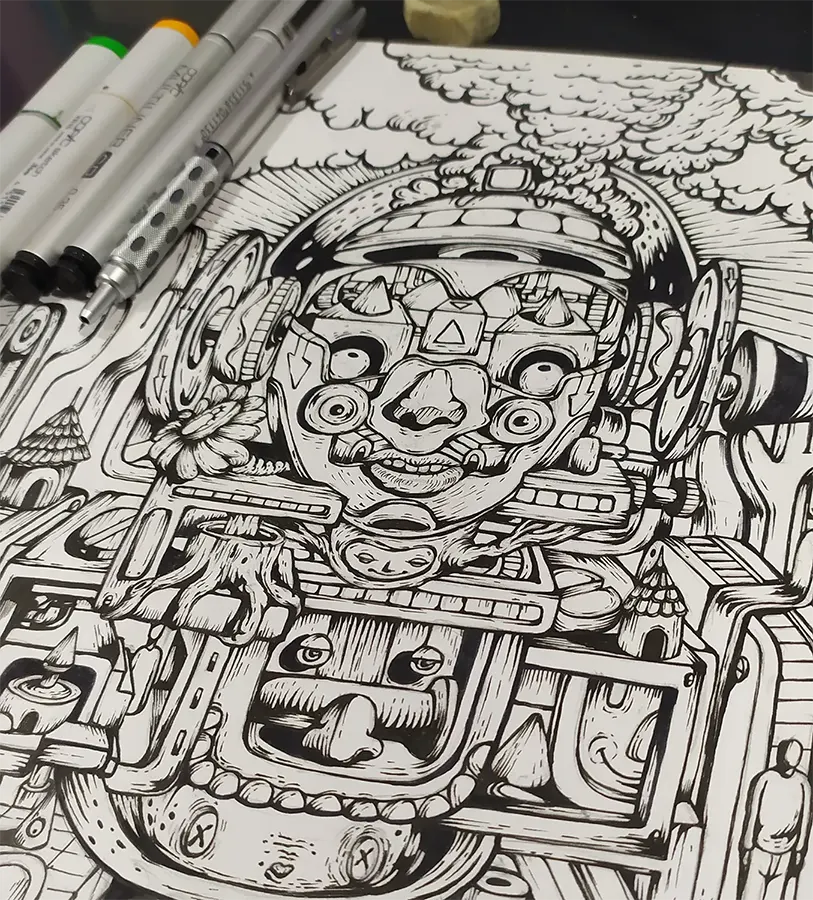
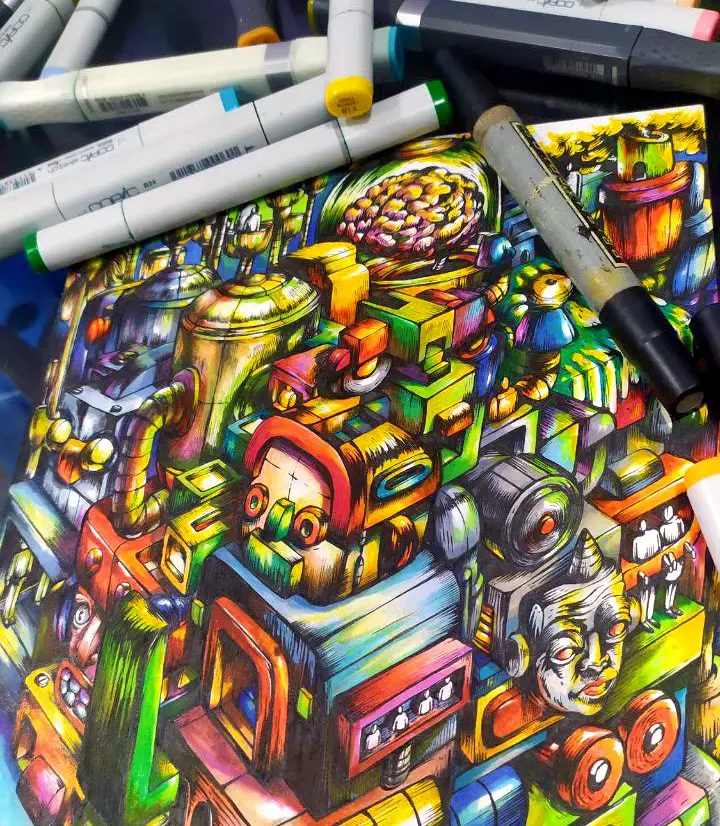
Bridging Two Worlds
Many of my works begin with traditional mediums—such as watercolor on paper, or strokes of marker and ink—that I later bring into the digital realm. Whether working with ink or in digital form, I sense a dialogue taking place: as if each layer speaks to the other, creating a living flow.
For me, traditional work must remain present in its authenticity; and when combined with digital processes, the integrity of the traditional medium should never be erased or obscured. From this dialogue, my mixed-media art is born—an attempt to bridge two worlds without sacrificing the identity of either one.
From this dialogue, my mixed-media art is born—an attempt to bridge two worlds without sacrificing the identity of either one. In the end, the act of creating is not only about materials or techniques, but about listening: to the silence between layers, to the fragility within rawness, and to the possibility of finding truth in the spaces where tradition and innovation meet.
